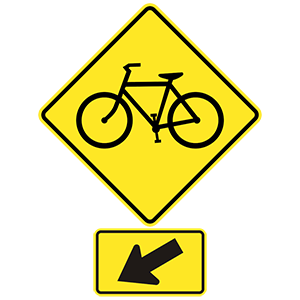2025 Vermont Permit Test 15
The following questions are from real DMV written tests. These are some of the actual permit questions you will face in Vermont. Each permit practice test question has three answer choices. Select one answer for each question and select "grade this section." You can find this button at the bottom of the drivers license quiz. For a complete list of questions and answers for Vermont please visit https://cheat-sheets.dmv-written-test.com/en/vermont/car.
Number of Tests
Number of Question
Passing Score
14. If involved in an accident, a driver should:
Explanation
If you are involved in an accident, you must stop at or near the scene. Move your vehicle out of the way of traffic, if possible. Do not stand or walk in traffic lanes as you could be struck by another vehicle. Turn off the ignitions of wrecked vehicles.
15. If you reach an intersection where you wish to turn but you are not in the proper lane, you should:
Explanation
Never make last-minute turns. If you reach an intersection where you wish to turn but you are not in the proper lane to make the turn, drive to the next intersection and then make the turn from the proper lane.
16. This road sign means:

Explanation
This sign (with the arrow below) indicates the location of a bicycle crossing/path. Drive with caution around this sign because bicycles likely regularly cross or ride beside traffic in the area.
17. Which of the following is true about driving on a wet roadway?
Explanation
The faster you drive on a wet roadway, the less effective your tires will be at wiping the water from the road. If your speed becomes excessive enough, your tires will lose their grip on the road entirely and you will begin to hydroplane (that is, to slide down the road on a film of water).
18. Drivers should use extra care when driving near snowplows because:
Explanation
You should be especially careful when driving near snowplows because they are wider and slower than other vehicles. Snowplows often create a cloud of snow, causing visibility in the surrounding area to be lowered.
19. Increase your following distance when:
Explanation
You should increase your following distance when you are behind a large vehicle that blocks your vision, when driving in bad weather or heavy traffic, when exiting an expressway, when behind a motorcycle or bicycle, and if someone is tailgating you.
20. On long trips, you can prevent drowsiness by:
Explanation
